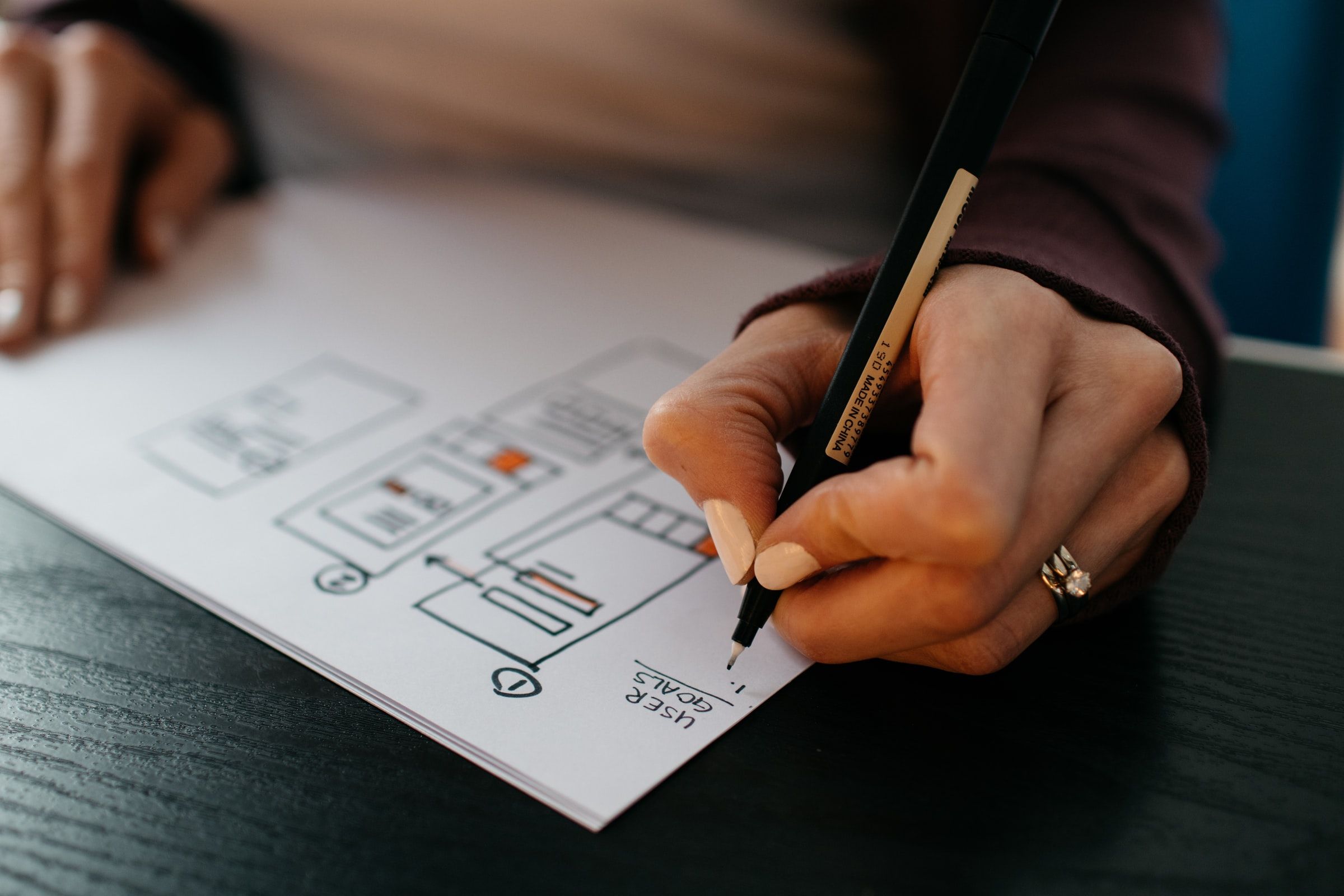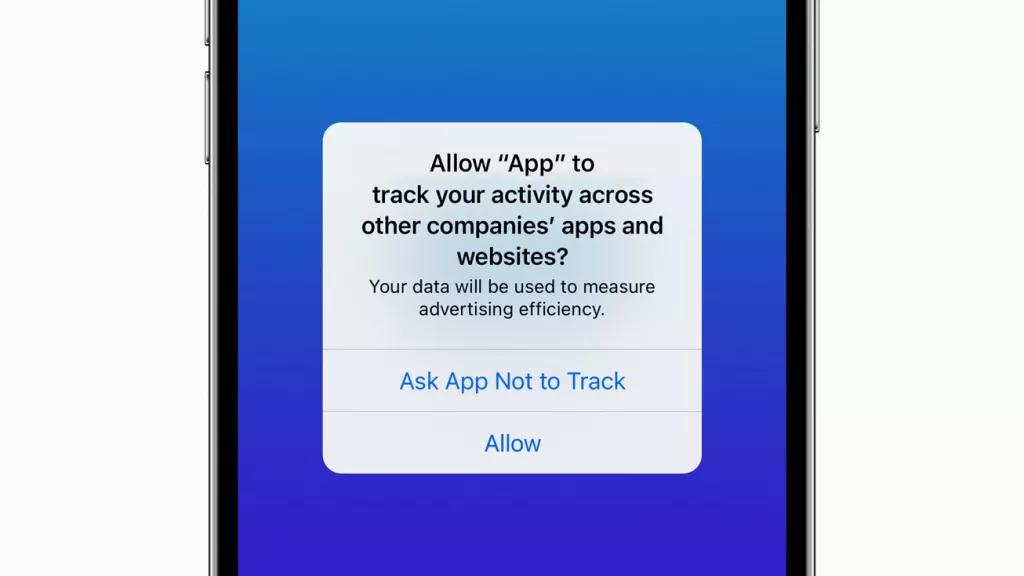Using analytics to increase your app's revenue
Hi, I'm Daniel, and I develop apps (and server stuff, but that's irrelevant for this article). As an app developer, I feel like there are three main areas where having an analytics package is helping me improve my apps:

- Improving my app to make users happy
- Achieving my business goals as efficiently as possible
- Motivating myself to keep having fun while developing
Motivating myself
Let's tackle number 3 first, because it is the most personal reason: It so so incredibly motivating for me to see people using a thing I created. To put an app or website out there and see the users pouring in live, engaging with my product, it all gives me this warm happy feeling of validation and confirmation. I can see for myself that yes, what I made may not be perfect, but it brings something of mine into the world, and it makes people's lives that tiny bit better!
And even better: It's also pretty easy for me to see where my users are struggling, where I need to improve and polish.
Improving my app to make users happy
Once I know how exactly users are using my app, I can very effectively make it better at exactly the pain points that most users are hitting.
For example, I can see what are the most travelled paths, so I can prioritize working on those instead of polishing a feature that only a handful of people ever see.
This will hopefully make my users even happier with the app, which translates into more sales, more goodwill towards me and my app, more word of mouth, more growth, all the things we indies want.
Achieving my business goals as efficiently as possible
On the one hand, only polishing the paths that people are on is efficient, rewarding, and helpful. On the other hand, sometimes there is a feature or screen that not enough people are seeing. It might be the new feature I just introduced, or it might simply be the "Please Upgrade to Pro" screen.
When I use an analytics package, I can measure how many people are seeing these features, and by measuring these numbers I can get on the road to improving them.
For a payment screen, I can for example add these signals
- payScreenSeen
- payScreenInteracted
- payScreenDismissedWithCancel
- payScreenDismissedWithSubscription
Once I receive these signals, I can immediately see where I should improve first. Is only a small percentage of users sending the payScreenSeen signal? Then maybe I need to try to be a bit more obvious with my calls to action, or even show the screen automatically when the user has completed a satisfying interaction.
Are lots of people seeing the pay screen, but only a small percentage is leaving it with payScreenDismissedWithSubscription? Maybe I need to play with pricing or the features offered in my paid plan.
Either way, I can now get scientific about it. I can directly compare version numbers and see something like this:

In version 1.1, around 72% of users saw the pay screen, while in version 1.2 it was around 80% of users.
Which is awesome! A definite improvement. I should continue working in this direction.
I might also be less happy about the outcome: There's a chance that a smaller proportion than before is now converting on the pay screen. Not the nicest thing, but it's really good to know that, so I can revert to a previous version.
Analytics needs to respect user privacy
Most analytics packages are optimized for the web and not for apps, but even the ones that can do both, most of them collect a huge amount of information about our users. This has both ethical and practical problems.
Ethical because it feels wrong to take your users' data and just pawn it off to a third party. Honestly, it feels wrong to even collect that data. Unless we're making a navigation app, we don't really need a user's exact location, for example, and it would be downright creepy to collect it.
But with more and more legislation like CCPA or GDPR, and companies like Apple enforcing user privacy as well, it also becomes less and less practical to collect unnecessary user data. Users will opt out of App Tracking Transparency, and dismiss mandatory consent dialogs, and you'll be stuck with a mess of popups and still no usable data.

With TelemetryDeck, I'm going a different route. It all works with statistical analysis of anonymized user data. I can count exactly how many users have enabled pizza mode or reach my pay screen, but I can sleep soundly knowing that there is no personally identifiable information ever collected.
With TelemetryDeck, I can reach my goals, improve my sales, make my users happier, all without breaking their trust. You should try it out as well. Download it, add the tiny and license-free client into your app, and see users pouring in without delay with TelemetryDeck's Live Insights. I promise you won't regret it. 😊

